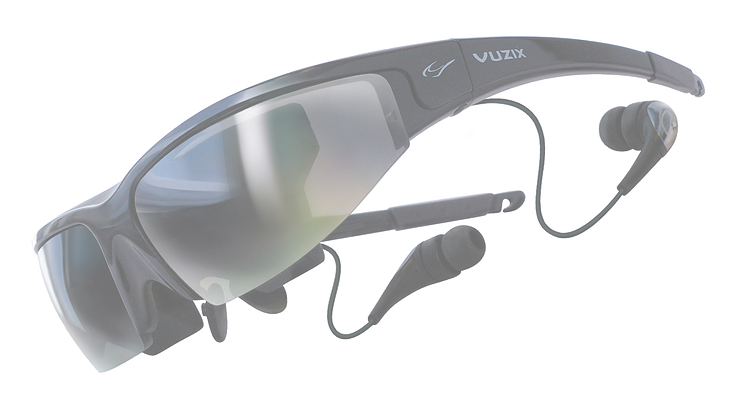Blind and visually impaired people will soon be wearing glasses that will see for them, thanks to an invention developed by Vision Technologies and sold by GiveVision, both located in London, England.
Two blind developers are part of the team creating and enhancing the device. Designed to act as an invisible guide, the smart glasses scan the space around the user and let the person know what’s around them or what’s happening.
The glasses, made to look like a pair of regular sunglasses, are designed with tiny cameras in them that can identify all types of things encountered in everyday life, from the contents of a refrigerator to an entrance to a store.
Information about what the camera is seeing is relayed to the user through a phone app and earpiece, which is attached to the glasses.
Artificial intelligence software, similar to that pioneered by Google for its Google Glass device, and facial recognition software operate the smart glasses. The software instantly analyzes a stream of images and records them. When the user has subsequent encounters with the object, person, or scene, the past information is provided through the earpiece.
In developing the technology, the company focused on four main lifestyle activities: explore, travel, shop, and connect. The smart glasses allow the user to read any printed text, recognize objects and places, and access all types of information.
Also, the high-tech glasses enable the user to travel independently; shop in a store and identify products, read prices, and identify currency or credit cards for payment; and use mobile apps to call friends and read messages without needing to use a smartphone.
The glasses provide numerous capabilities, including:
- Hands-free control of the user’s smartphone.
- Telling the user the name of an approaching person, dates of any previous meetings and, where applicable, the person’s job.
- A range of image recognition features that record all types and sizes of objects.
- Allowing the user to point at words on printed text to have them read out loud.
- The ability to magnify, so users with partial sight can zoom in on printed text to read it.
The smart glasses are also interactive, allowing the user to:
- Teach the glasses to recognize various things, such as bus stops, the number of an approaching bus, any empty seats on a bus or other mode of transportation, the right train platform, the entrance to the user’s workplace or favorite shops, etc.
- Tag images of an individual’s face by saying the person’s name out loud while the camera is filming.
- Add information about a person and file the individual in a contact list.
Here’s their published concept video, showing how a visually impaired user will be able to interact with the surrounding environment while wearing the new glasses
Currently, 1,000 blind and visually impaired individuals are testing the prototype. According to GiveVision’s website, the company’s mission is to uncover “new ways to enable blind and visually impaired people to complete the daily tasks that most of us take for granted.”
The smart glasses invention, which Vision Technologies is billing as the world’s first blind-friendly user interface for glasses, is expected to retail between $75 and $115 per month and be part of mobile phone packages.


